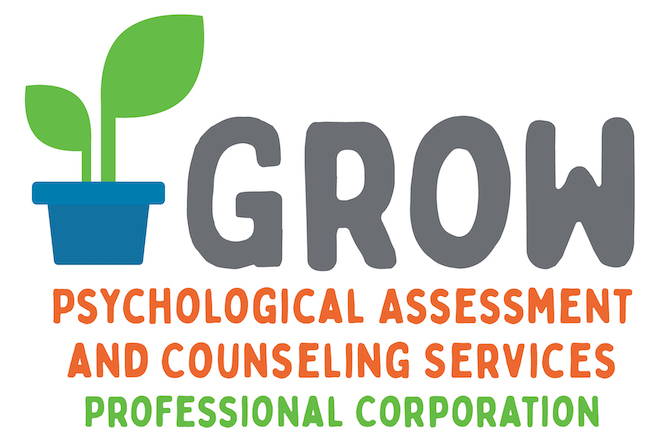I started a series on psychoeducational assessment to help clarify the information in school psychologists’ highly specialized reports that are presented when students are tested for special education. In Part I, the importance of the background information section was detailed. Enjoy.
It is so tempting to jump ahead to the good stuff, like the cognitive and processing skills or the social-emotional and behavioral assessment. But I would be remiss if I didn’t talk about another favorite section of the report that is probably just as important: Observations. I have done a few prior posts on observations in the classroom, but this is more about observations during testing.
Consider these two students, both earning the exact same score on an IQ test. Note use of third person. That is because “The examiner observed the student to make facial expressions at a peer” sounds much more objective than “I saw him making faces at his friend.” That’s just how we school psychologists roll. We try to be as objective as possible. We now come back to our students earning the same IQ score:
In the one-on-one setting, Student X presented as an energetic, eager, curious, and friendly eight year old boy. He readily engaged in conversation and appeared eager to please with the examiner. For example, on the way to the first testing session, he reported that he was a gymnast and did a cartwheel into the splits in the middle of the hallway. During the testing situation, his effort and attention to tasks was variable. On easy items, he guessed quickly. When items became more difficult, he engaged in a variety of behaviors, including asking the examiner personal questions, dancing around, pretending to fall out of his chair, or showing the examiner his cat impersonation by crawling on the floor and meowing. At times, he also showed positive techniques, such as talking through difficult items and refocusing himself by closing his eyes to think.
***
Student Z is a eight year old boy who came accompanied by his teacher to the testing room. When Student entered the examiner’s office, he was observed to slump in a nearby chair and mumbled negative comments about his teacher in front of her (that she was fat and mean). When she left, he stated that he had been up all night before playing video games and was tired. He also reported that he had a headache, and would periodically put his head down on the table and close his eyes. A low energy level was predominant during testing, with the exception of during timed tasks, when he appeared to be more engaged with the task. Student did not respond positively or negatively to praise. One strategy that appeared useful for Student was verbalizing his thought processes on more difficult items.
So despite getting the same scores on their IQ tests, the interventions will be extremely different for Student X and Student Z. And that, my dear readers, is why I didn’t jump ahead to explaining Cognitive/IQ score section of the psychoeducational assessment without talking about the testing observations. Observations during testing are arguably the most important part of the assessment and a good psychoeducational report will tell a “story” about the student’s approach to learning and problem solving in addition to the scores.
